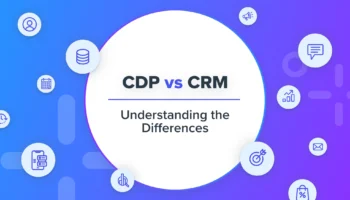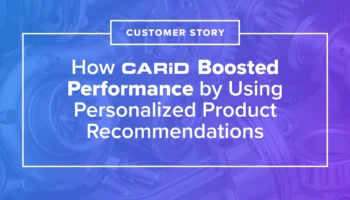Predictive Lifecycle Marketing – Part 1
In a previous post, we had talked about the metrics that matter to the lifecycle marketer, and an approach to improving them. In that post, we outlined ideas for measuring metrics along the edges of state transitions, and creating experiments for improving the measured numbers.
But what if you could not only measure which users have activated or lapsed, but also be able to predict these user actions in advance? If we had such a predictive system, we could zoom in on the relevant micro-segments of users to target quickly. This is a first in a series of posts that will explore your lifecycle marketing can use the power of predictive analytics.
The idea of predicting future customer actions for CRM is not a new one. Early techniques for predictive CRM centered on “RFM” (recency, frequency, monetary value), first introduced by Alden’s Catalog Company in the 1920s. RFM aims to predicts customers with the highest response rates based on how recently you made your last purchase, how frequently you have purchased in the past, and the monetary value of your purchases. As this blog post points out, “Catalog and direct-mail marketers were early adopters of RFM techniques to determine which customers got which catalogs, how often and with what special incentives, coupons or savings.”
Newer CLV (Customer Lifetime Value) models have evolved, which have been shown to have better predictive power for a user’s revenue potential than RFM. CLV models try to understand the underlying distribution that leads to the observed purchase behavior; for instance, one CLV model might simulate the likelihood of a user churning in any given time period as a binomial distribution (similar to a coin toss), and the number of items a customer will order (if still active) as a Pareto distribution.
These CLV models address many of the limitations of the RFM model: that RFM only predicts the next “period”; that RFM ignores the underlying distribution of user behavior that’s being reflected in the orders data; and that RFM ignores the impact of marketing activities on user behavior.
Despite the advancements, these models still rely only on historical order (typically known as CRM data), which can be a sparse data set and lead to poor predictions especially for companies with little operating history, or a rapidly evolving business. Additionally, the framework for the derivation of these predictions is decoupled from the actions you could take to improve the metrics for each user (e.g. Which of these users are the best candidates for sending a promo code or a discount? What products are these target customers likely to buy?).
The digital commerce world, user interactions with your web or mobile app (including logins, product views, searches, incomplete checkouts, time spent etc.) can be highly correlated with purchasing behavior. In the next post of this series, we will take a look at more actionable predictive frameworks that combine web & mobile user interaction data with historical order data.




